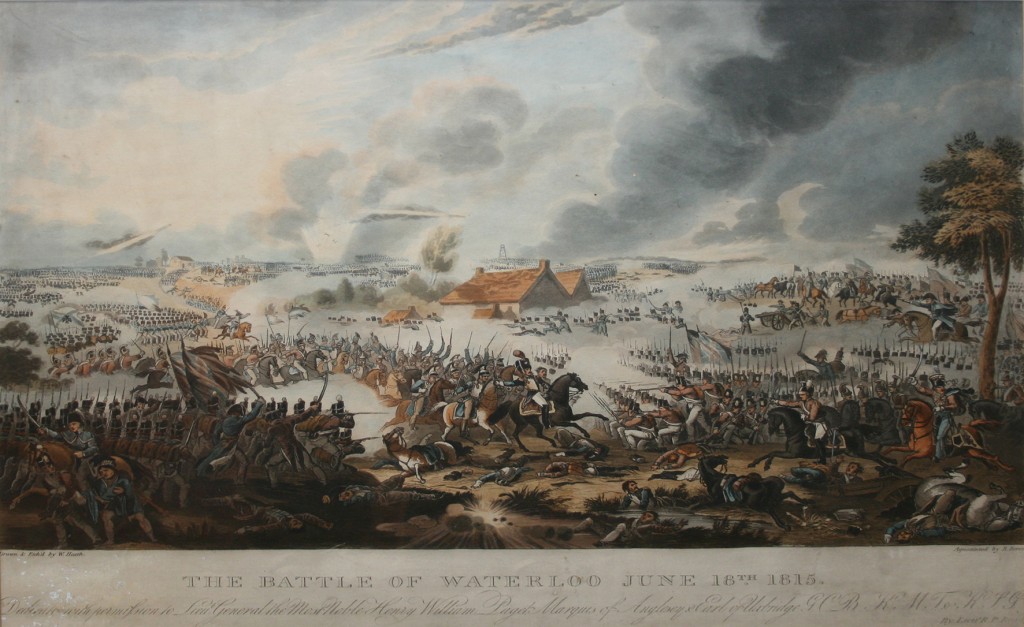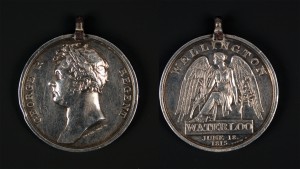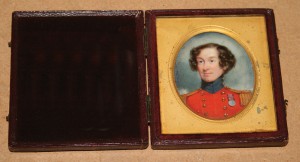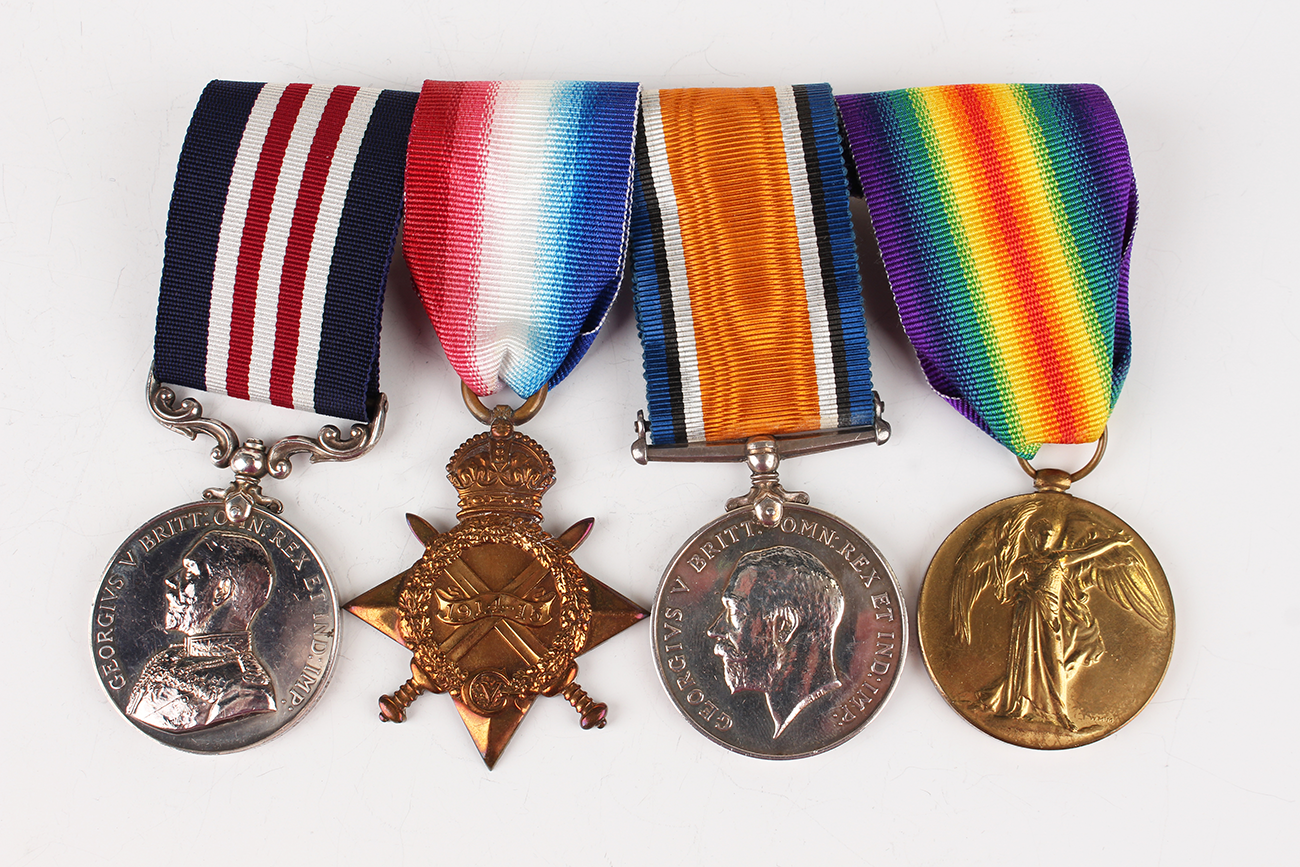
Medals speak strongly of remarkable courage, service and duty. They are collected with great reverence and a desire to keep the stories of the recipients alive.
Nursing Sister Annie Alexander’s story was vividly retold when a group of medals and associated papers and photographs were sold in Toovey’s specialist auction for £5500.
World War I nurses were members of the Queen Alexandra’s Imperial Military Nursing Service (QAIMNS). There were about 10,000 regular and reserve QAs serving in countries as far afield as France, India, East Africa, Italy, Palestine, Egypt, Mesopotamia, Salonika and Russia.
This rare group of seven First World War period British and French medals and decorations awarded to Nursing Sister Annie Alexander comprised a Royal Red Cross , a Military Medal, a 1914-15 Star, a 1914-18 British War Medal and a 1914-19 Victory Medal, a French M‚daille d’Honneur des Epid‚mies en vermeil and Belgian L’Arm‚e … ses Infirmaries nursing medal, with various related original and copied paperwork and photographs.
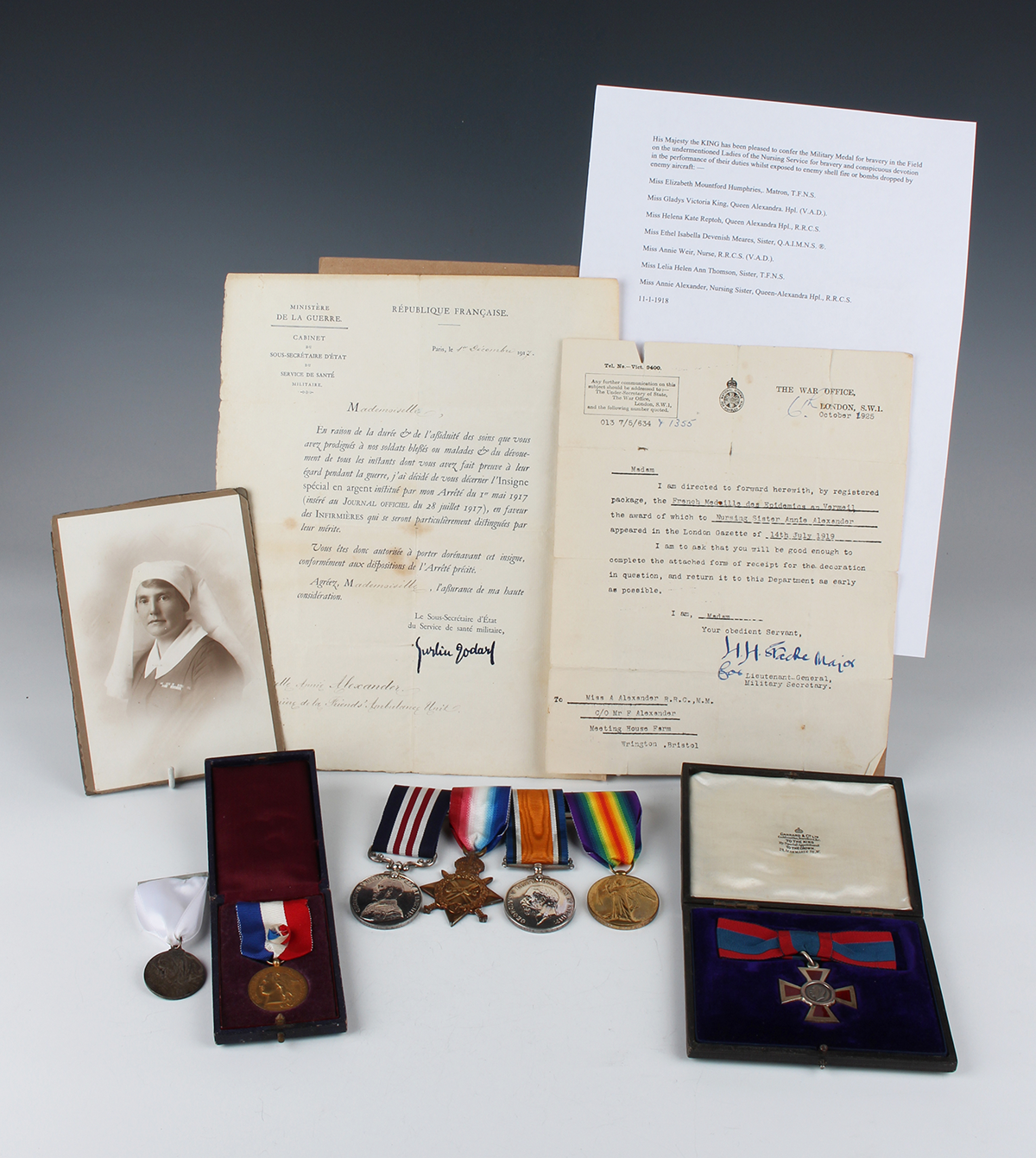
They related to her service during the Great War at Queen Alexandria’s Hospital at Dunkirk. I ask Mark Stonard, Toovey’s militaria and medals specialist, about the collection and he says “The hospital acted as a station for invalided soldiers from the front. Annie was one of the front-line nurses aiding these soldiers under horrendous circumstances. The hospital was bombed from the air on a number of occasions. Annie was awarded the medals in 1917 along with some of her fellow nurses who worked with her at Dunkirk.
“The Military Medal awarded to Annie was instituted in 1916. The obverse had an effigy of King George V, the reverse bore the inscription “For Bravery in the field.
In total some 115,600 military medals were awarded during the First World War but only 127 were given to ladies. So this was an exceptionally rare group. Winning the Gallantry Medal must have been a source of great pride for Annie. What made this group even more special was the accompanying contemporary photos, paperwork and French and English certificates from the time which bring this very personal story to life.”
Mark speaks with passion and reverence about this remarkable person, her life and our common story, our history.
